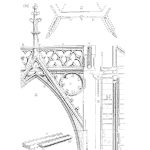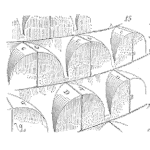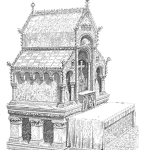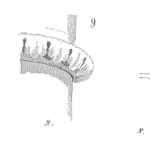
Reaching for a goal may include taking some risks. In reliability testing, we are often limited by the number of samples available for testing. And, in the case where time is available or the acceleration factor is high we can take advantage of testing longer. [Read more…]








 I’ve learned a lot in my career and have attempted to help others to the best of my ability.
I’ve learned a lot in my career and have attempted to help others to the best of my ability.